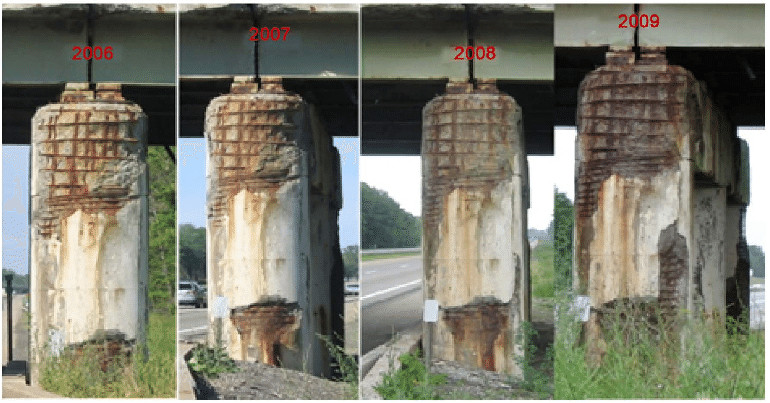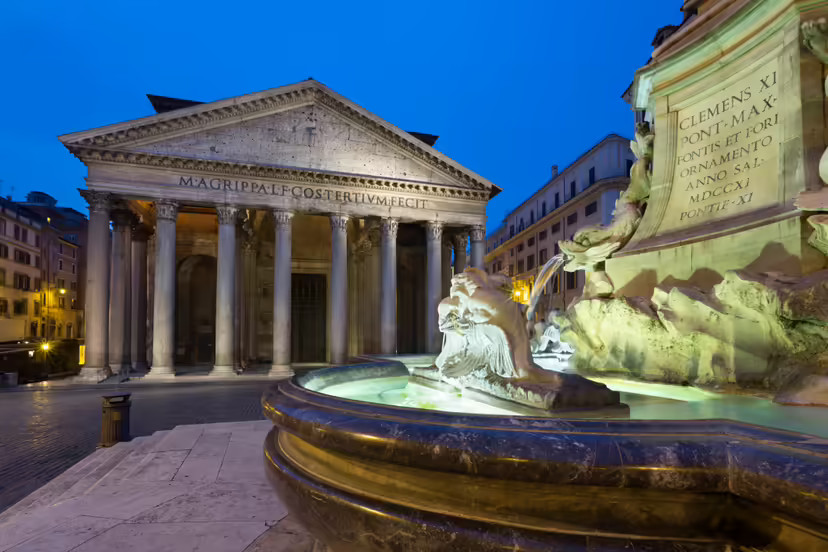Why medieval wood never rotted whilst modern wood starts deteriorating within ten years.
Why medieval wood never rotted whilst modern wood starts deteriorating within ten years.
Medieval iron tools lasting 800+ years had a secret: 2% protective slag and phosphorus from bog ore created microscopic rust barriers that modern steel removes for profit. This video exposes the lost bloomery techniques, economic pressures, and "mystical" chemistry that made permanence possible — and why we abandoned it for disposable convenience.
Was Roman Concrete Better?
Around A.D. 79, Roman author Pliny the Elder wrote in his Naturalis Historia that concrete structures in harbours, exposed to the constant assault of the saltwater waves, become “a single stone mass, impregnable to the waves and every day stronger.”
He wasn’t exaggerating. While modern marine concrete structures crumble within decades, 2,000-year-old Roman piers and breakwaters endure to this day and are stronger now than when they were first constructed. University of Utah geologist Marie Jackson studies the minerals and microscale structures of Roman concrete as she would a volcanic rock. She and her colleagues have found (see American Mineralogist, 1st July 2017) that seawater filtering through the concrete leads to the growth of interlocking minerals that lend the concrete added cohesion. This is pretty much the opposite of what happens to modern concrete structures, which are worn down by the elements and become increasingly cracked and brittle as pores and gaps are compromised by infiltrating seawater.

